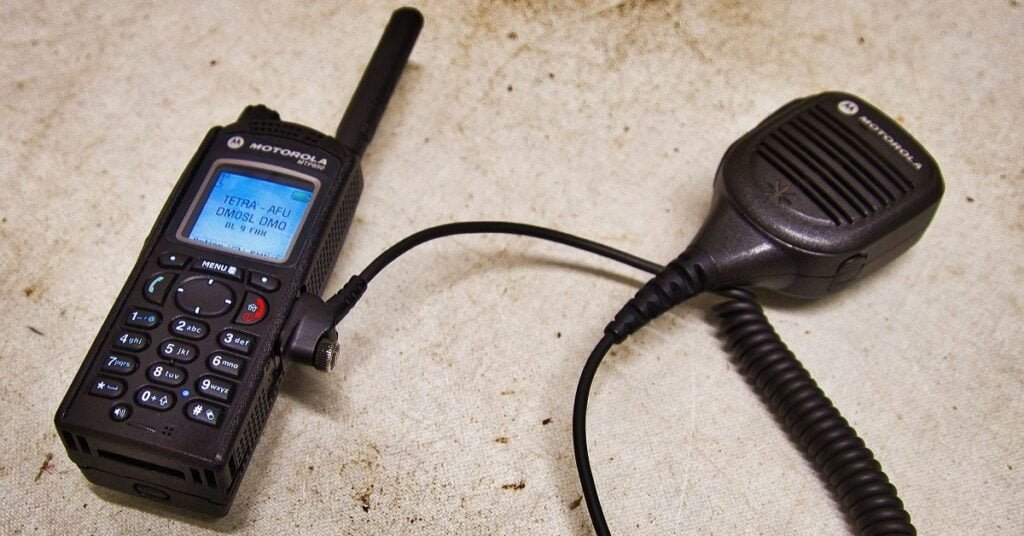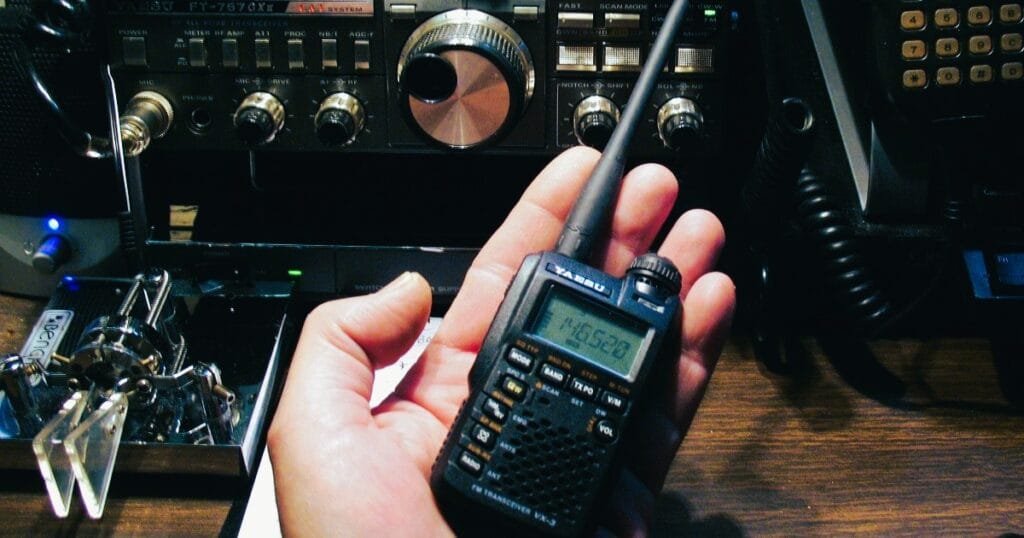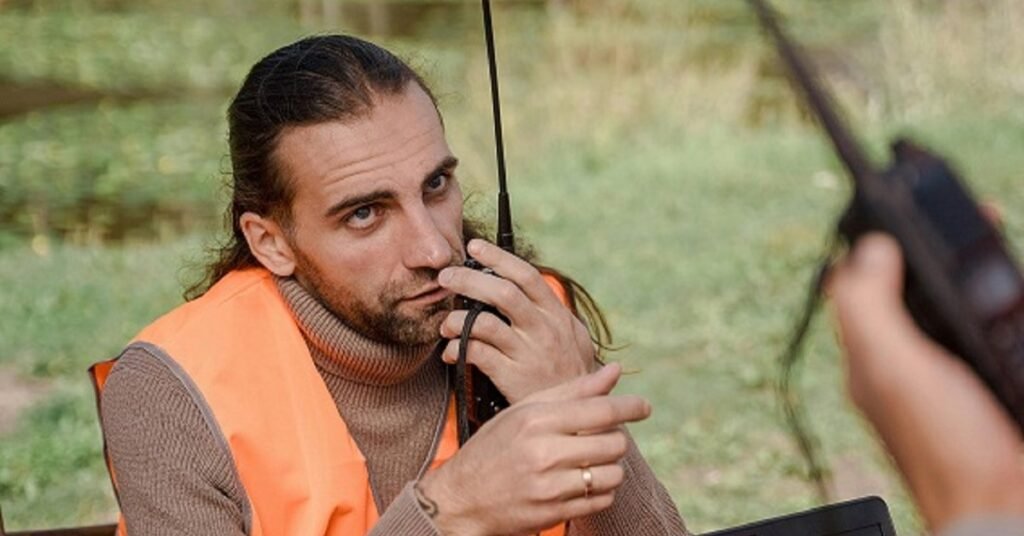Table of Contents
ToggleExternal Microphone Refuses to Connect: A Ham Radio Review
Oh, the beautiful sound of quiet. It’s fantastic—until, of course, you try to broadcast on your ham radio and the external microphone just won’t connect. It’s as if your radio is ignoring you, and no amount of pleading can get it to respond. But don’t worry, I’ve been there, and I have some suggestions that could just get your radio singing again. If you’ve been reading ham radio reviews, you’ve probably seen a lot of users having the same problem, and many of them have found practical solutions that don’t require a degree in electrical engineering.
External Microphone: No Connection, No Communication
You got your external microphone, plugged it in to use with the ham radio and you are all set — then you go live on air only for your ham radio not picking up a signal from the mic. Because the problem is damned even when it seems that everything “is going well” on the surface. That said, there are some considerations to make before you throw in the towel. Whilst this issue may simply have to do with a loose wire, there are possibilities that its solution is something other than easily fixable such as compatibility or internal malfunction.
Whether you’re an experienced operator or new to amateur radio, connection issues are prevalent. Even the most highly rated radios in ham radio reviews might have these difficulties. Don’t worry, there’s a full guide to assist you troubleshoot and get back on the air.
External Microphone: Plug and Play
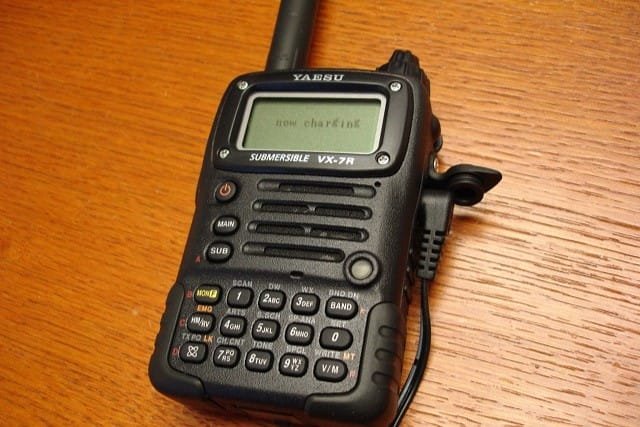
We will start with the basics here because even hardened radio veterans may forget small things. It is tempting to think that the fault lies so deep into system-core, whereas in fact all this problem might be due to bad microphone connection.
The Proper Plugging of The External Microphone
It sounds almost too simple to be true, yet the microphone isn’t always placed correctly in its port. If the microphone plug is slightly out of place, your ham radio will not recognize it, rendering the microphone worthless. Double-check if the connection is stable. If it is somewhat loose, remove it and re-plug it securely.
Unplug and Reconnect
Sometimes disconnecting and reconnecting the microphone will cure the problem. This strategy is comparable to the traditional practice of restarting your computer when something isn’t functioning. A new connection can reset the radio’s internal mechanism, allowing it to identify the microphone again. Many ham radio users report that this simple procedure frequently resolves minor connection difficulties without the need for additional debugging.
The Cable Conundrum of External Microphone
If a simple reconnecting does not address the problem, the microphone cable should be checked next. Cables wear and strain with time, especially if the radio is often used or transferred.
By the way, are you setting up your ham radio base station? Selecting the perfect coaxial cable for your setup is crucial. Don’t overlook this step. Click here to learn more.
Inspecting for Visible Damage
Examine the cable for any indications of damage. Check for kinks, twists, frays, and apparent cuts. Even a little damage in the cord might prevent the microphone from operating properly. Internal damage occurs when a cable appears to be in good condition but has difficulties behind the insulation.
Testing with a Different Cable for External Microphone
If you have another compatible cable, try swapping it out to see if it fixes the problem. Many operators in ham radio reviews advocate having replacement cables available for this very reason. A backup cable can quickly verify whether the problem is limited to the cable or whether there is a more serious issue with the radio or microphone.
The Connector: The Little Pins That Could
Once the cable has been ruled out, the next location to investigate is the connection. A proper connection requires both the microphone connector and the radio port, and any obstruction or damage to either can cause your microphone to fail to broadcast.
Inspecting for Dirt and Debris
Examine the microphone connection and radio port with a flashlight for any evidence of dirt, dust, or debris. Tiny particles can easily prevent the pins from making contact, resulting in poor connection. A brief blast of compressed air or a gentle wipe with a clean, dry cloth may usually remove any impediments.
Bent Pins of External Microphone: A Tricky Fix
If you discover any bent pins in the connection, this might explain why your microphone is mute. Repairing bent pins might be difficult, but it is achievable. Use a tiny, precise tool to delicately straighten out the pins, taking care not to apply too much effort. However, be mindful that this is a delicate process, and snapping a pin may result in irreversible harm. Many ham radio reviews warn against DIY solutions if you’re not confident, advising you to seek expert assistance in such circumstances.
Compatibility Check: Are They Speaking the Same Language?
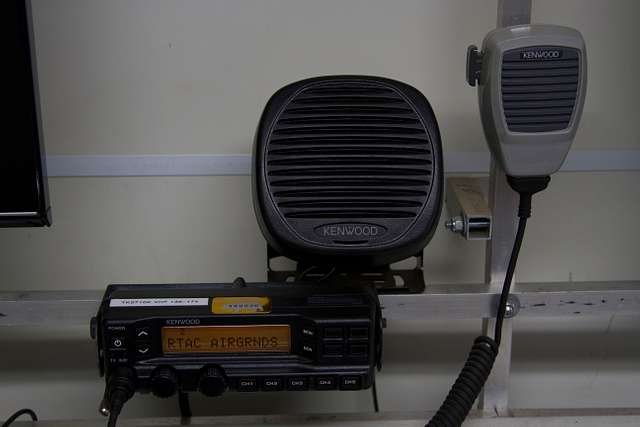
It’s conceivable that your ham radio and external microphone are just incompatible. Even if the connection fits, not all microphones are wired the same way, and a mismatch in pin layouts or impedance levels might cause the radio not to recognize the microphone.
If you are here searching for the best microphone for your ham radio, click here to find out how I chose the best one for myself.
Reading the Manual
First check the manuals for your radio and microphone to check they are compatible. Look for information on impedance levels, wire arrangements, and any particular settings that must be changed for external microphones. This is a typical concern raised in ham radio reviews by customers who believe that any microphone with a suitable connector would work with their radio; however, this is not always the case.
Adapters and Converters
If your microphone and radio are not directly compatible, you may be able to make them work using an adapter or converter. Some microphones require specialized adapters to connect to specific radios, particularly when dealing with multiple manufacturers or older versions. In ham radio reviews, many operators discovered that the correct adapter may bridge the distance between devices, restoring smooth connection.
Firmware and Software: The Techie Stuff
In certain circumstances, the problem may not even be hardware-related, but rather a software or firmware issue. Ham radios, like other modern equipment, require operating system or firmware upgrades from time to time.
Checking for Firmware Updates
Check the manufacturer’s website to check if there are any firmware upgrades for your radio. Microphone difficulties are occasionally addressed in these updates, as manufacturers strive to enhance their products in response to customer input. Several ham radio reviews demonstrate how a simple firmware upgrade resolved previously perplexing microphone connection difficulties.
Radio Settings
Many current ham radios have internal settings that influence how they handle external microphones. Make sure your radio is configured to take input from an external microphone. It’s important reading the user manual or visiting internet forums and ham radio reviews to learn how to optimize your radio’s settings for maximum performance with your particular microphone.
To set up your radio properly, you need a clear understanding of radio frequencies and bands. Click here to learn more about the ham radio frequency chart. This information will be very helpful.
The Final Test: Try Another External Microphone
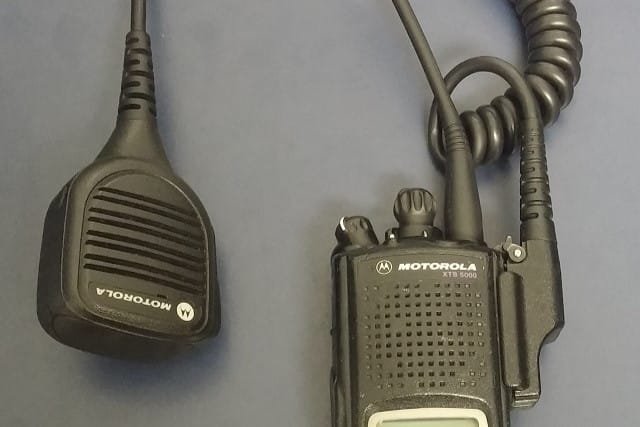
Now, if nothing from above solves your microphone problems — the only thing that remains is to test another microphone. It’s a very straightforward way to decide whether it is the microphone that was wrong or if it really was in your radio.
Borrow or Buy a Spare
If you don’t have one, borrow a microphone from another ham operator or use the mic supporting software on your computer. If the same works fine at the second mic location, then you have confirmed that your 1st microphone is problematic. If that is the stage it really needs to be either fixed completely or changed out altogether depending on how bad it is and what its value / whether a new one could possibly fix instead. This is why lots of ham radio reviews will tell you to keep a back up microphone on hand in order to reduce communication errors come crunch time.
Is the Radio Itself the Culprit?
If a second microphone fails to connect, it’s possible that the problem is with the radio itself. Internal issues, such as a defective microphone connector or a malfunctioning sound card, might disrupt microphone communication.
If your radio dies, things will change a bit. Check here to find out what to do when your handheld radio dies. If your radio is working but not charging, check here for step-by-step instructions on what to do.
When to Call in the Pros
If the radio looks to be the source of the problem, you should seek a skilled technician. Opening the radio and trying repairs on your own may void the warranty or cause severe harm to the equipment. Some ham radio reviews represent contacting the radio’s manufacturer for help or service, particularly if the radio is still under warranty.
Final Thought: Don’t Let the Silence Win
If your ham radio’s external microphone is giving you a hard time, it can be quite annoying. But you just have to continue having some patience and try out a couple of things, most times it will go back on track. Whether it’s a loose connection, worn cable, compatibility issue or firmware upgrade; there is always a reason to remedy the problem as well.
Take your time, go through each step systematically, and remember that the ham radio community is always a valuable resource. The collective knowledge of operators, which is frequently shared in ham radio reviews and forums, may be essential in diagnosing and resolving these sorts of problems. Don’t allow a difficult microphone to prevent you from enjoying your radio experiences. Dive into the problem, troubleshoot each probable issue step by step, and get your equipment back up and running so you can continue broadcasting right away!
